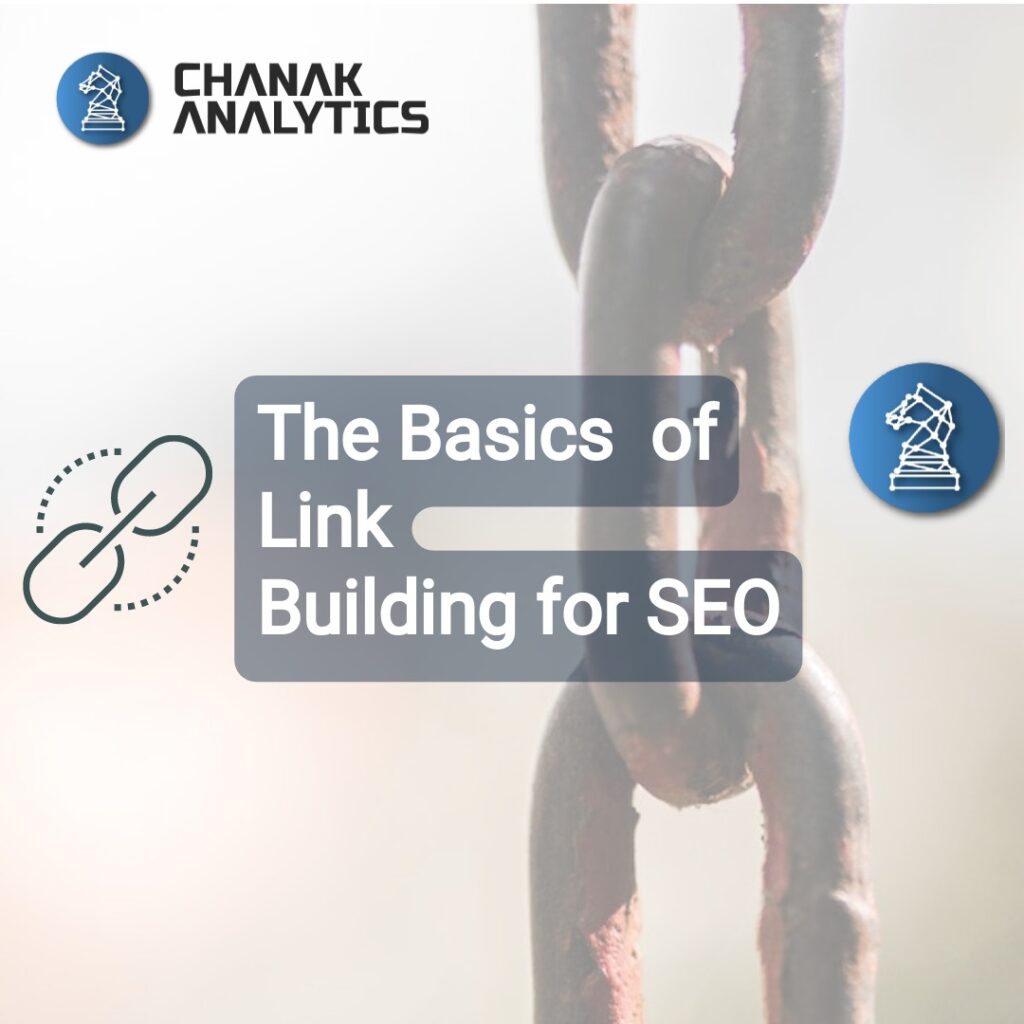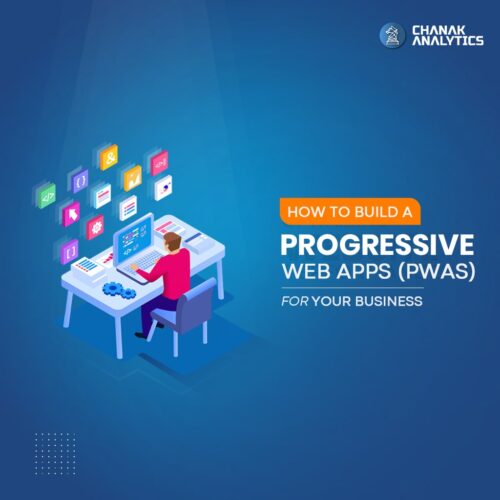The Basics of Link Building for SEO


Link building is essential to search engine optimization (SEO), but it can be confusing for beginners. With so many different types of links and strategies to choose from, it can take time to figure out where to start. This blog will cover the basics of link building for SEO, including what it is, why it’s essential, and how to get started.
What is Link Building?
Link building is acquiring hyperlinks from other websites to your own. When a website links to your site, it signals to search engines that your content is relevant and trustworthy. This can improve your search engine rankings, leading to more traffic and, ultimately, more business.
Types of Links
There are several types of links, including:
- Natural links: Natural links are naturally created when other websites link to your content because they find it helpful or valuable.
- Manual links: These are links you create yourself by actively seeking opportunities to link back to your site. This can include guest blog posts, forum comments, or social media posts.
- Self-created links: You create links by adding links to your site in directories, bookmarks, or other online listings.
Benefits of Link Building

The benefits of link building include:
- Increased search engine rankings: When other reputable websites link back to your site, search engines see this as a signal that your content is valuable and relevant. This can improve your search engine rankings and drive more traffic to your site.
- Increased referral traffic: When people click on links to your site from other websites, they’re referred to as referral traffic. These visitors are often highly targeted and engaged, which can lead to increased conversions and sales.
- Improved brand visibility: The more links you have pointing back to your site, the more visible your brand becomes online. This can lead to more brand recognition and authority in your industry.
Strategies for Link Building
There are several strategies you can use to build links to your site, including:
- Guest blogging: Guest blogging involves writing content for other websites in exchange for a link to your site. This can help you reach a new audience and build your authority in your industry.
- Blogger outreach:Blogger outreach involves reaching out to bloggers in your industry and asking them to link back to your site. This can be an effective way to build relationships with influencers and gain valuable backlinks.
- Broken link building: Broken link building involves finding broken links on other websites and suggesting that they replace them with a link to your content. This can help you acquire high-quality backlinks and improve your search engine rankings.
Common Mistakes to Avoid
When it comes to link building, there are several common mistakes to avoid, including:
- Using black hat tactics: Black hat tactics are techniques that violate search engine guidelines, such as buying links or participating in link schemes. These tactics can result in penalties or even a ban from search engines.
- Focusing on quantity over quality: While building many links to your site is essential, it’s equally important to focus on quality. High-quality links from reputable websites are much more valuable than low-quality links from spammy sites.
- Neglecting link monitoring: It’s essential to regularly monitor your link profile to ensure that your backlinks are high-quality and relevant. If you discover low-quality or spammy links, disavow them to avoid penalties from search engines.
How to Monitor Link Building Progress

To monitor your link-building progress, you can use tools like Google Search Console or Ahrefs. These tools can help you track your backlinks, identify any issues with your link profile, and monitor your search engine rankings.
Tools for Link Building
There are several tools you can use for link building, including:
- Drop My Link: Drop My Link is a free tool that helps you find websites relevant to your industry and accept guest posts or comments. This can help you identify new opportunities for link-building.
- Ahrefs: Ahrefs is a paid tool that provides comprehensive backlink analysis, competitor analysis, and keyword research. This tool can help you identify high-quality link opportunities and monitor link-building progress.
- BuzzStream: BuzzStream is a paid tool that helps you manage your link-building outreach campaigns. This tool can help you organize contacts, track progress, and automate outreach emails.
How to Create Backlinks Step by Step
Here’s a step-by-step guide to creating backlinks:
- Identify your link target: You must identify the websites you want to target before building backlinks. These should be reputable websites that are relevant to your industry.
- Create high-quality content: To attract backlinks, you must create high-quality content that provides value to your audience. This can include blog posts, infographics, videos, or other types of content.
- Find link opportunities: Once you’ve created your content, you can start looking for link opportunities. This can include guest blogging, broken link building, or blogger outreach.
- Reach out to your link target: Once you’ve identified your link opportunities, you can reach out to the website owner or editor and pitch your content. Personalize your outreach emails and explain why your content would be valuable to their audience.
- Follow up: If you are still waiting to hear back from your link target, it’s essential to follow up. This can help you build relationships with website owners and increase your chances of securing a backlink.
What is a Good Backlink?
A good backlink is a link from a reputable website relevant to your industry. High-quality backlinks can improve your search engine rankings and drive more traffic to your site. However, it’s essential to focus on quality over quantity when building backlinks. Low-quality or spammy backlinks can hurt your SEO efforts and result in penalties from search engines.
Conclusion: The Power of Link Building
Link building is a powerful SEO strategy that can help you improve your search engine rankings, drive more traffic to your site, and build your brand authority. By following the strategies and tips outlined in this blog, you can produce high-quality backlinks to your site and achieve tremendous online success. Remember to focus on quality over quantity, monitor your link profile regularly, and use tools to help you streamline your link-building efforts.
Join the community
Join our 400,000+ person community and contribute to a more private and decentralized internet. Start for free.


